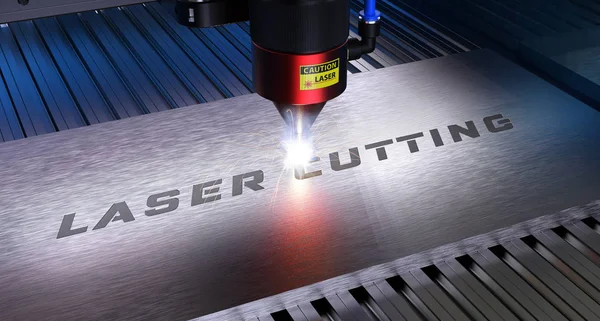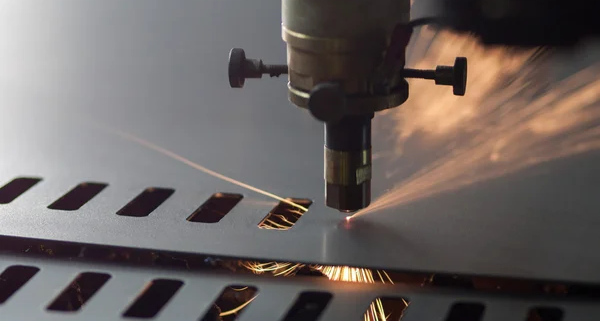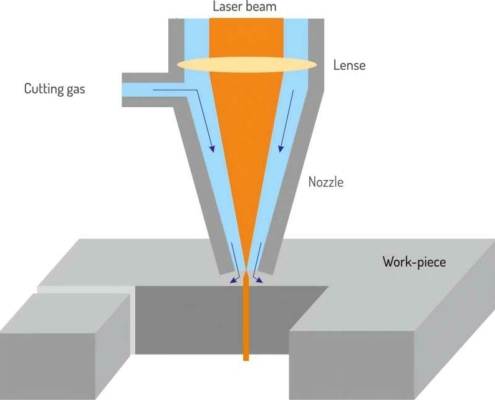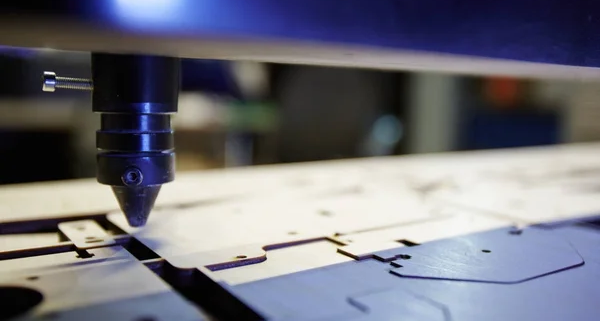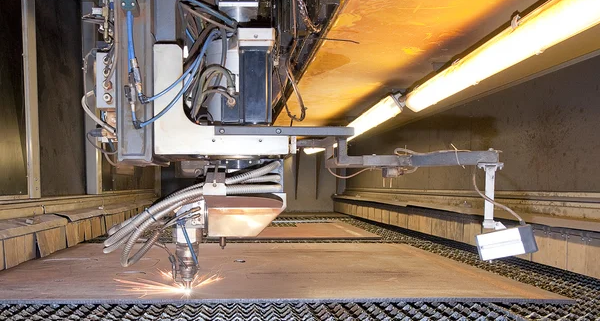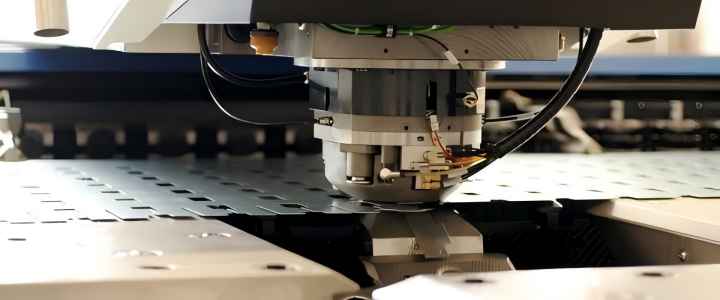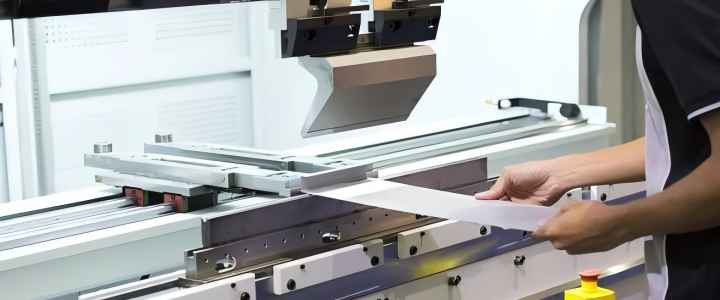Metal Laser Cutting Services
Laser cutting is a manufacturing process where a laser beam penetrates a raw sheet to create flat geometric shapes. Available in a wide range of metals, it is ideal for manufacturing parts such as gaskets, brackets and housings.
Laser cutting is often used for:
*Prototyping or testing product requirements
*Efficiency of scale up to 50+ parts
*Parts with standard connectivity features (USB, HDMI, Ethernet ports)
